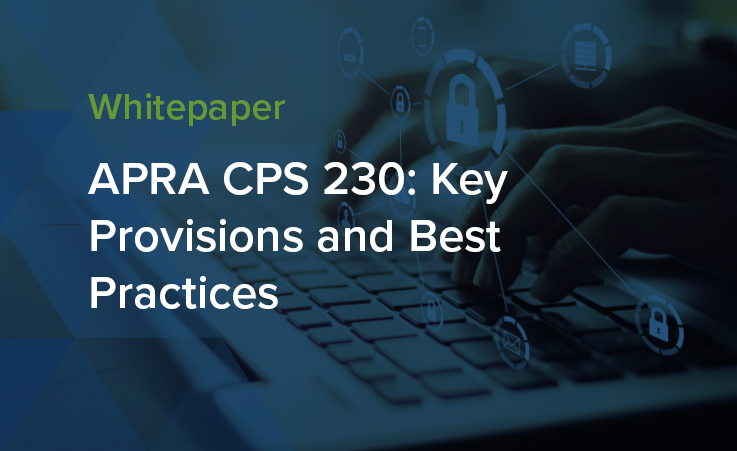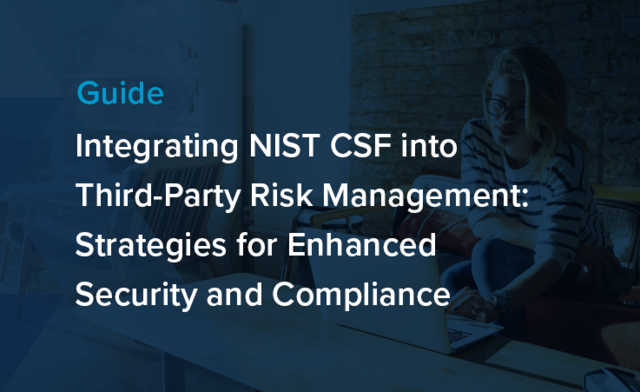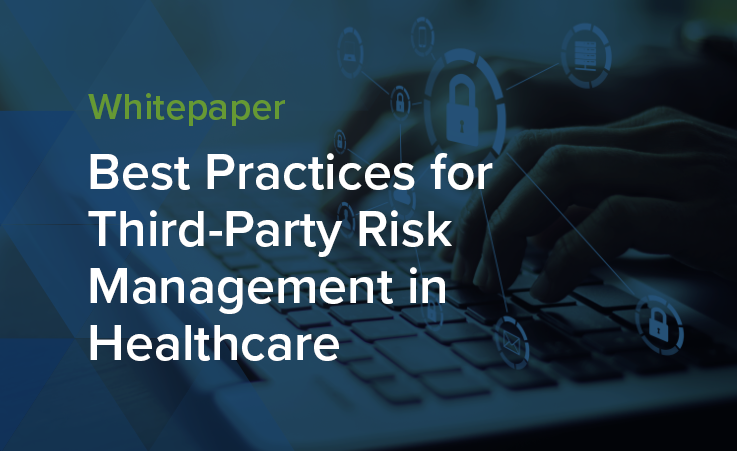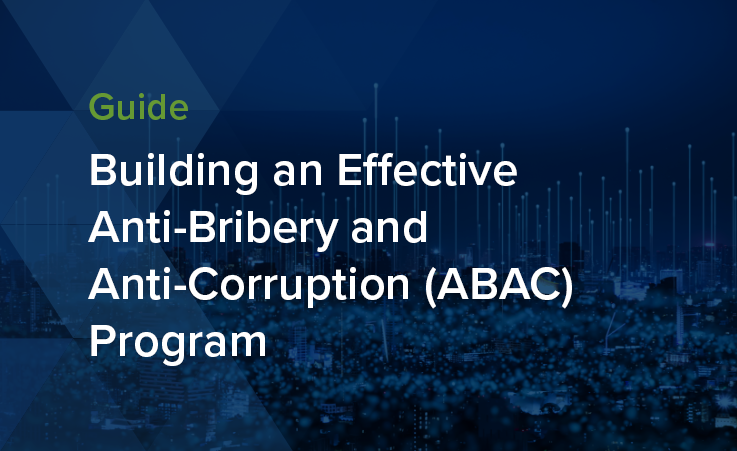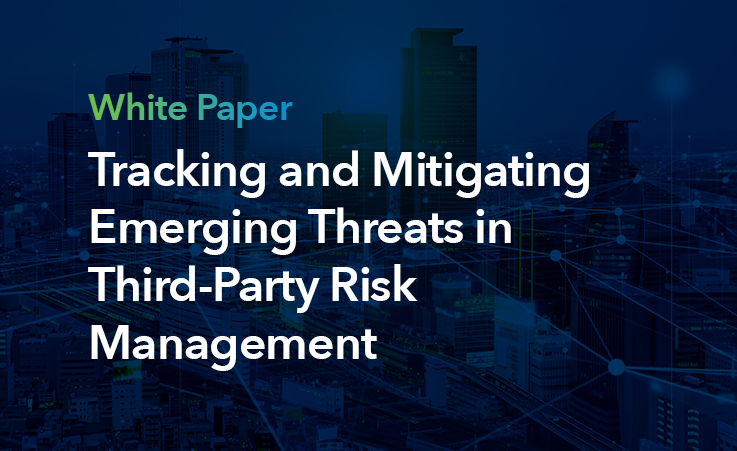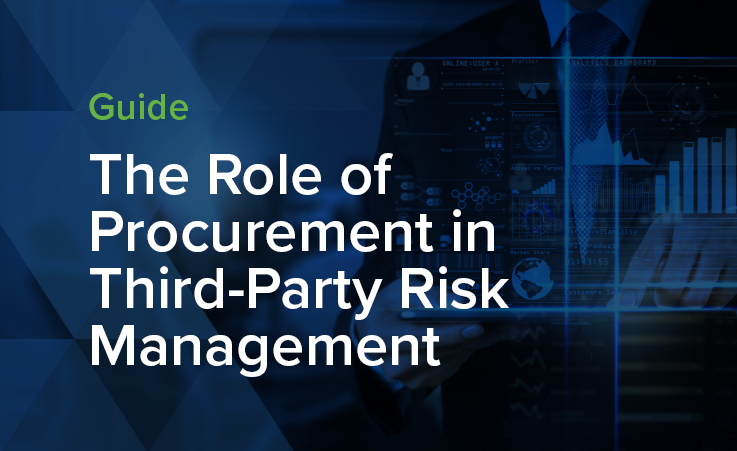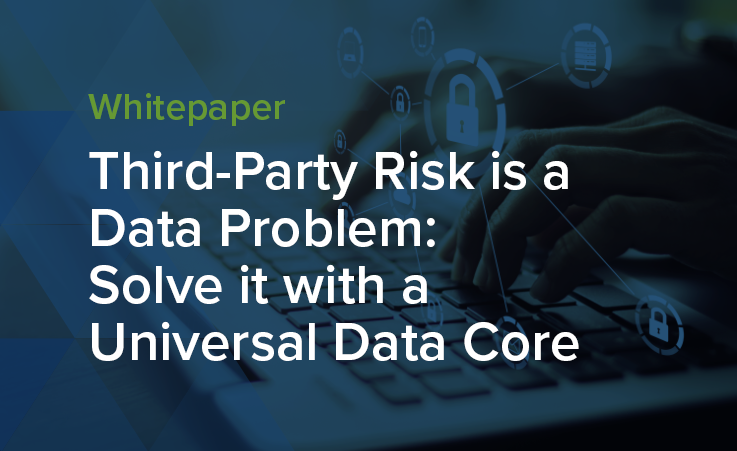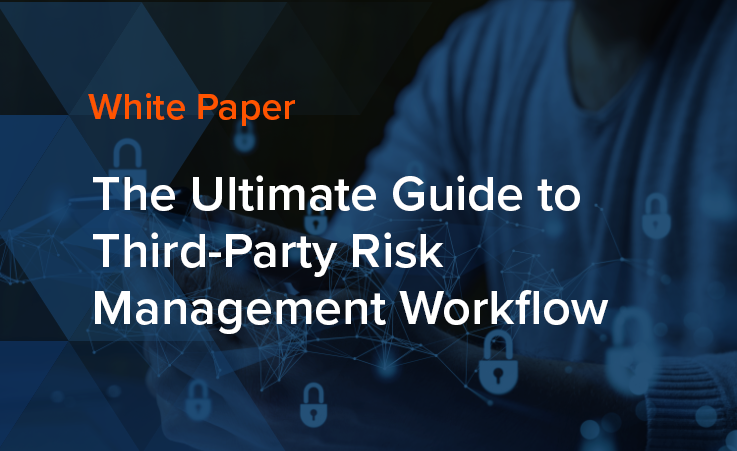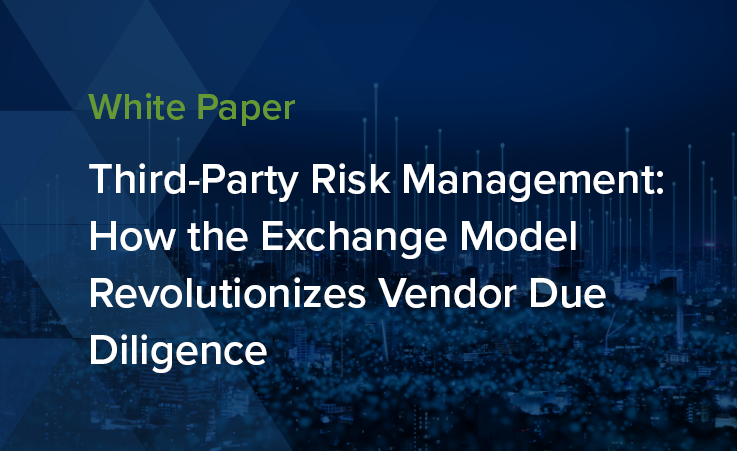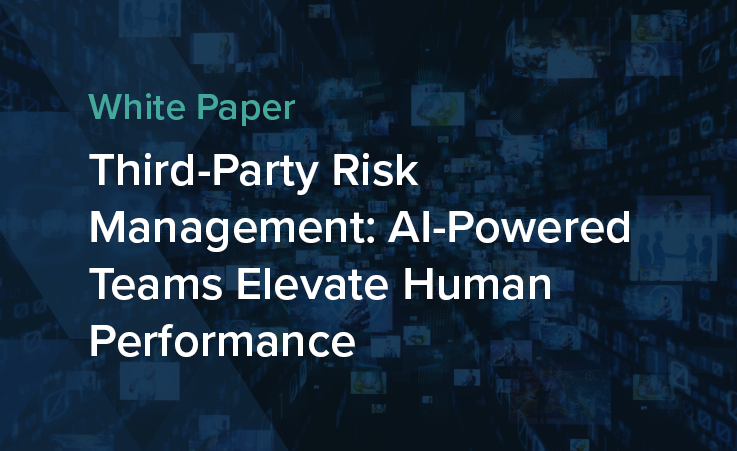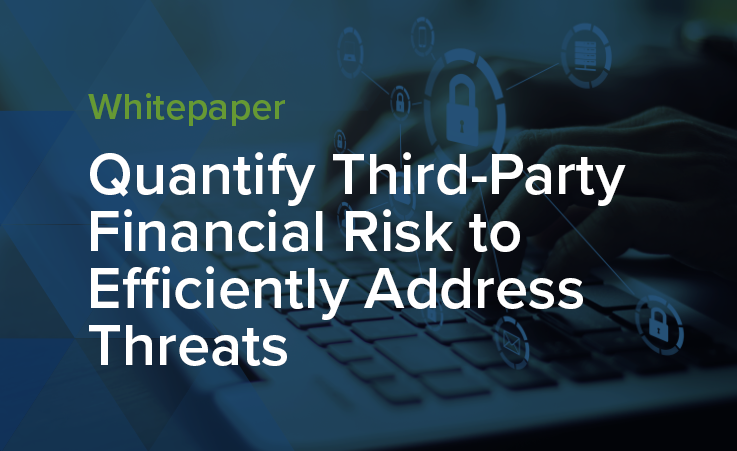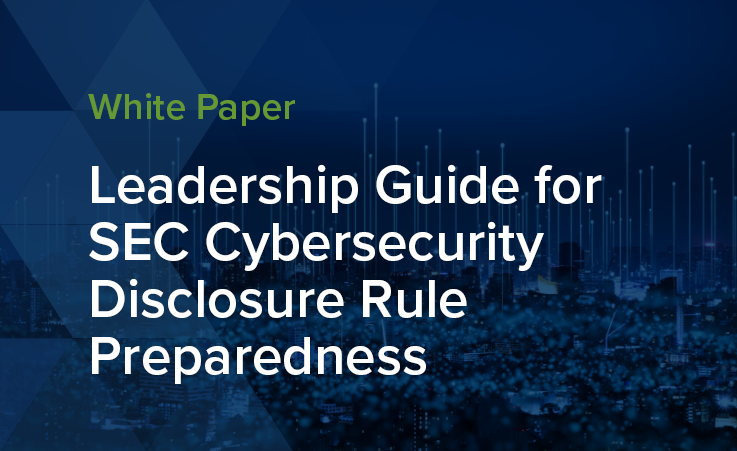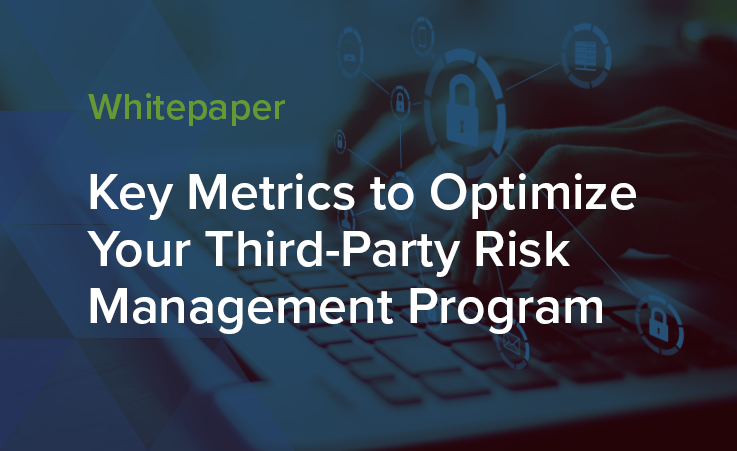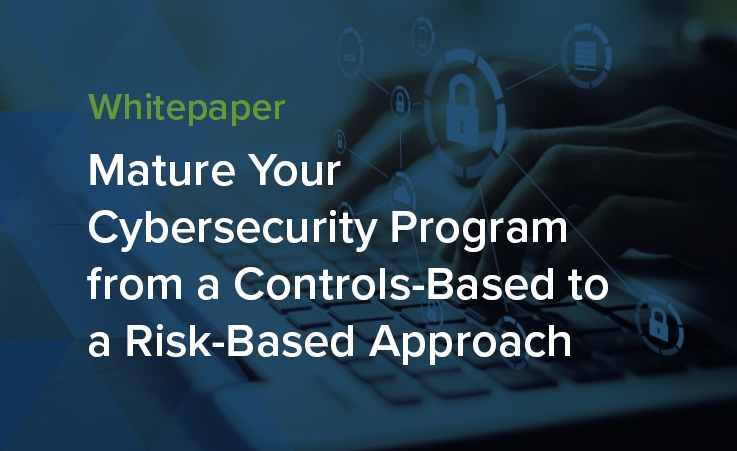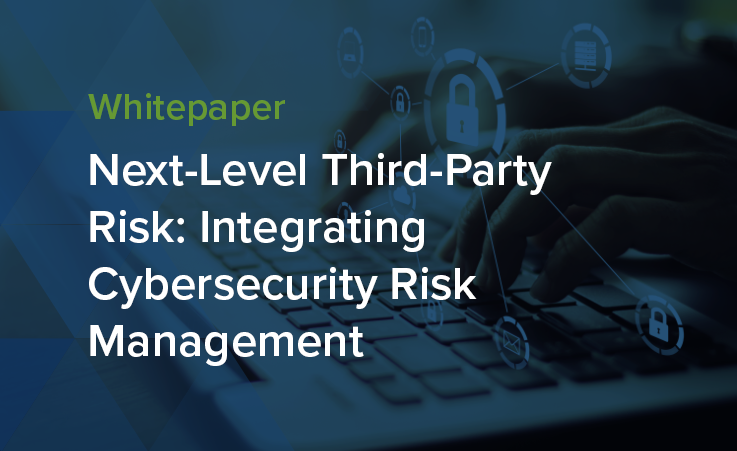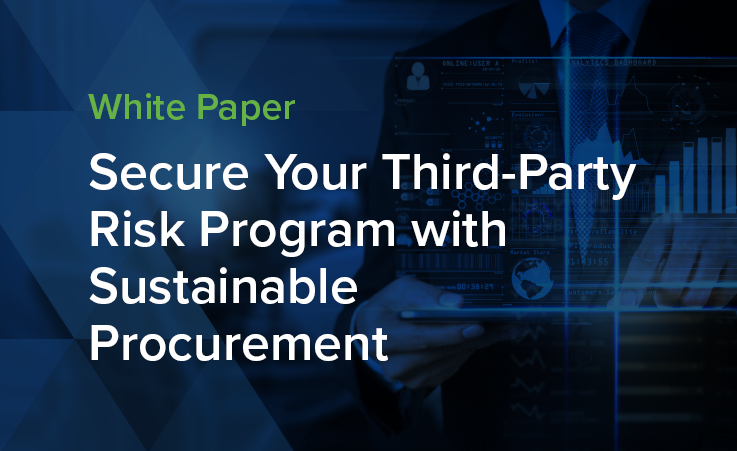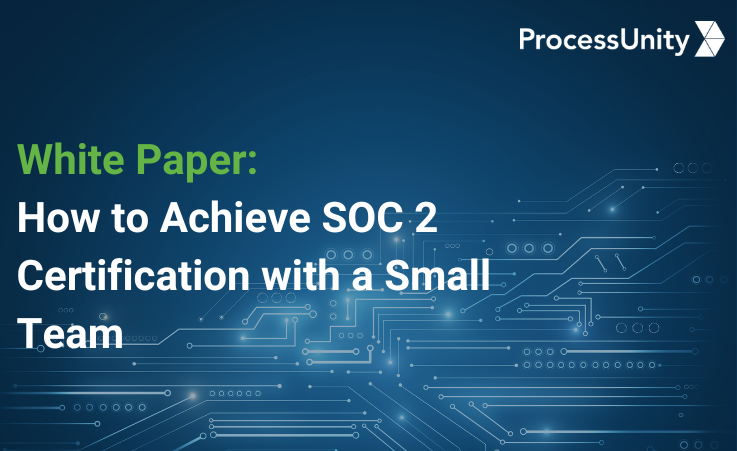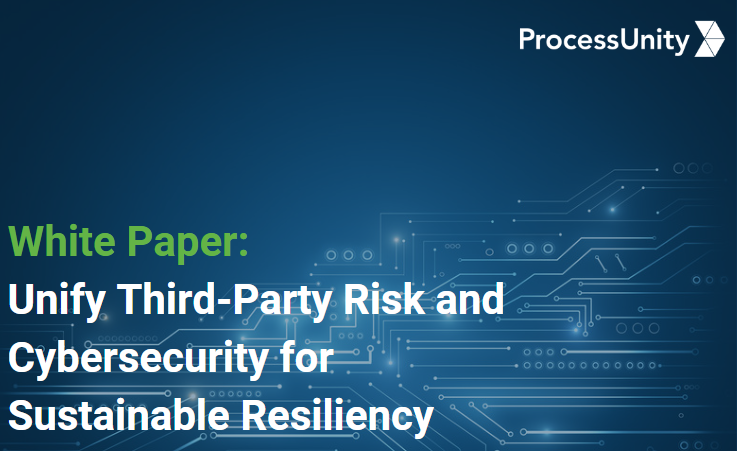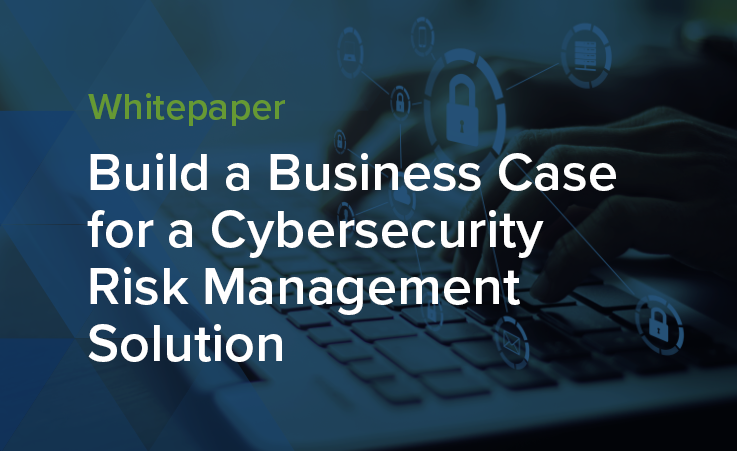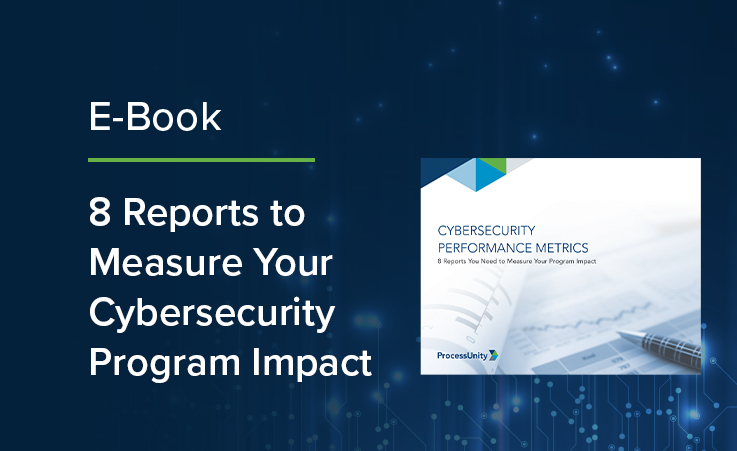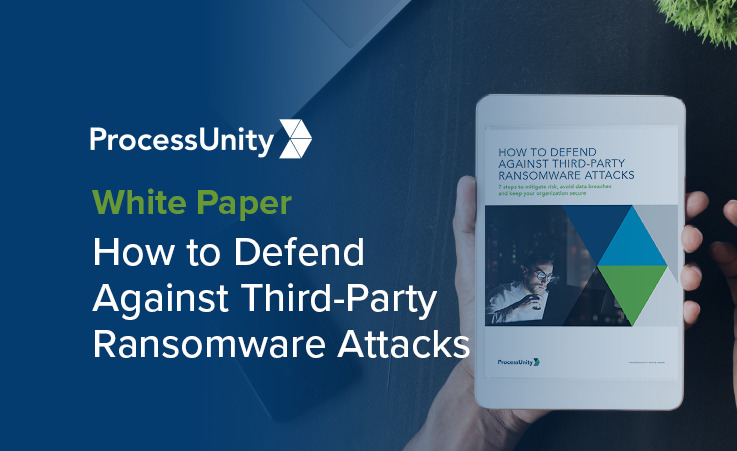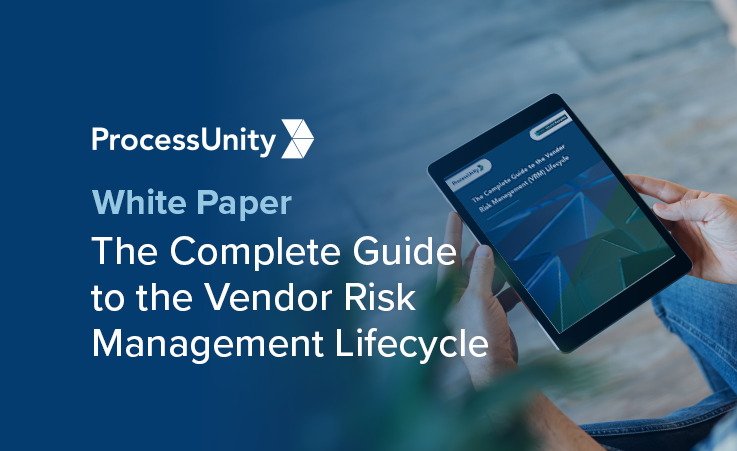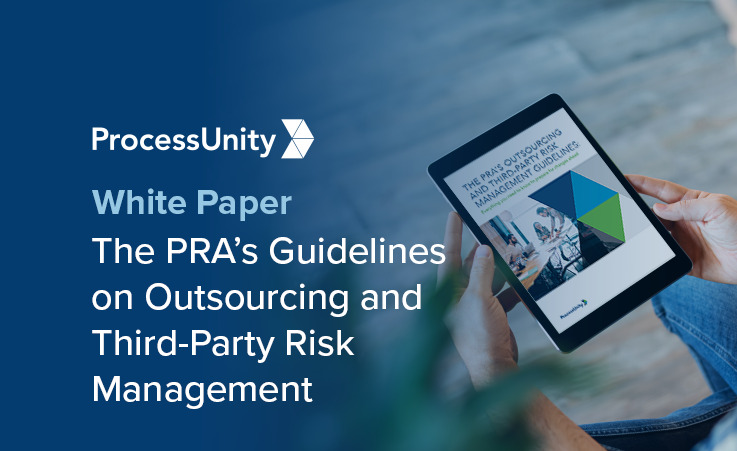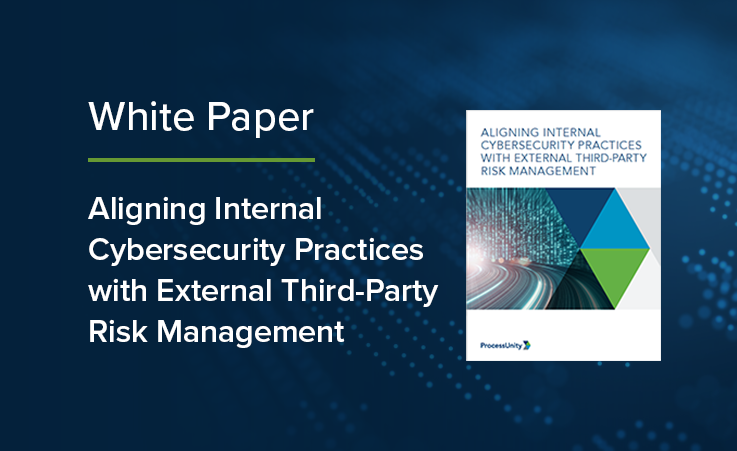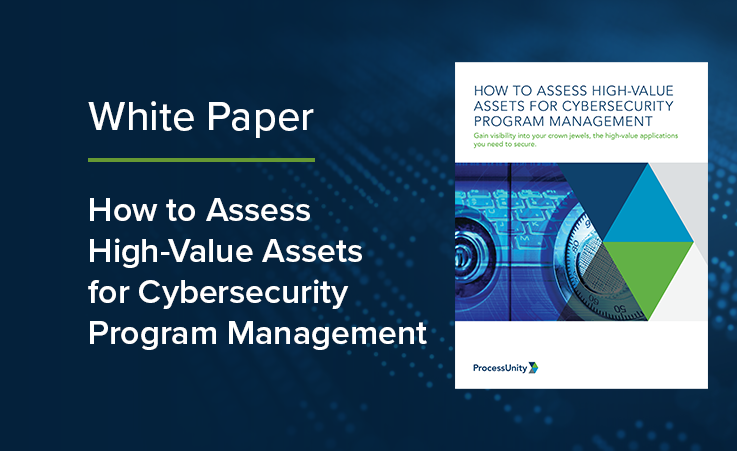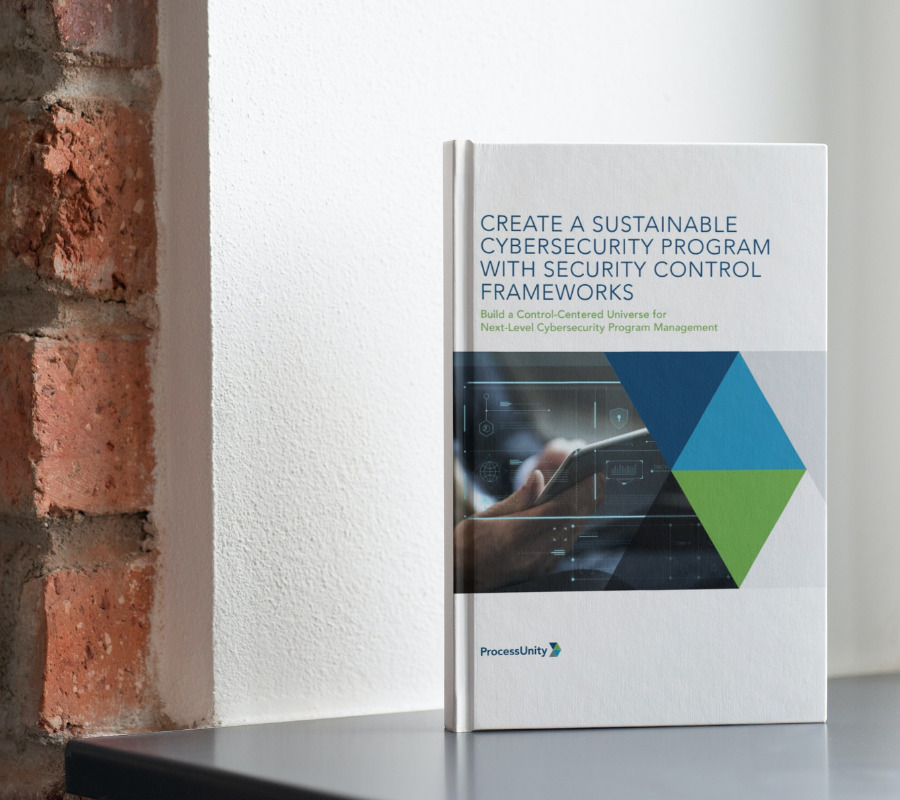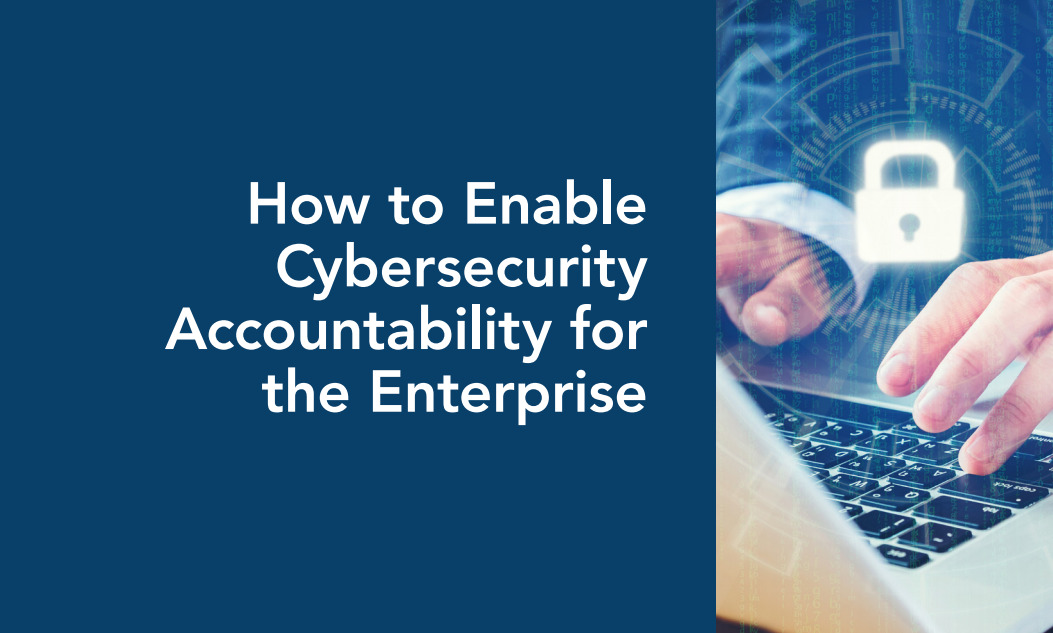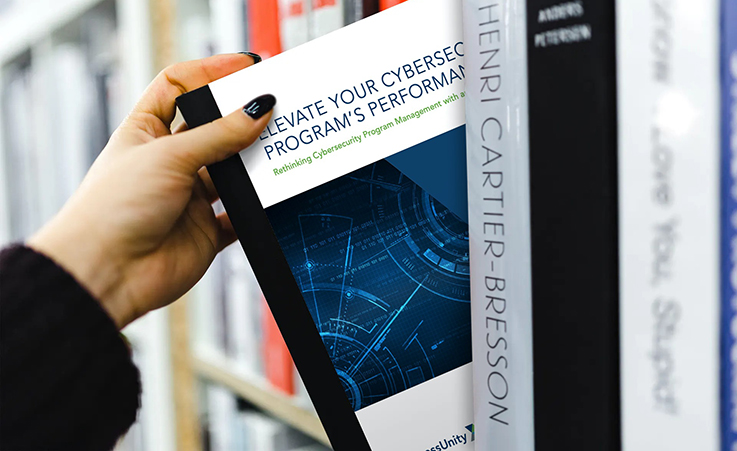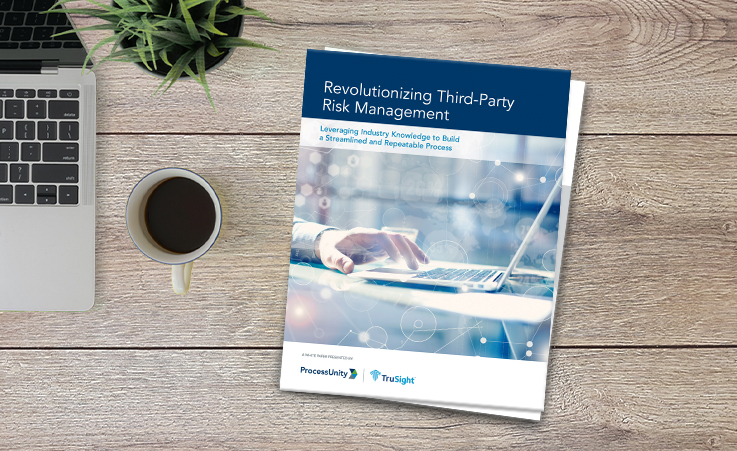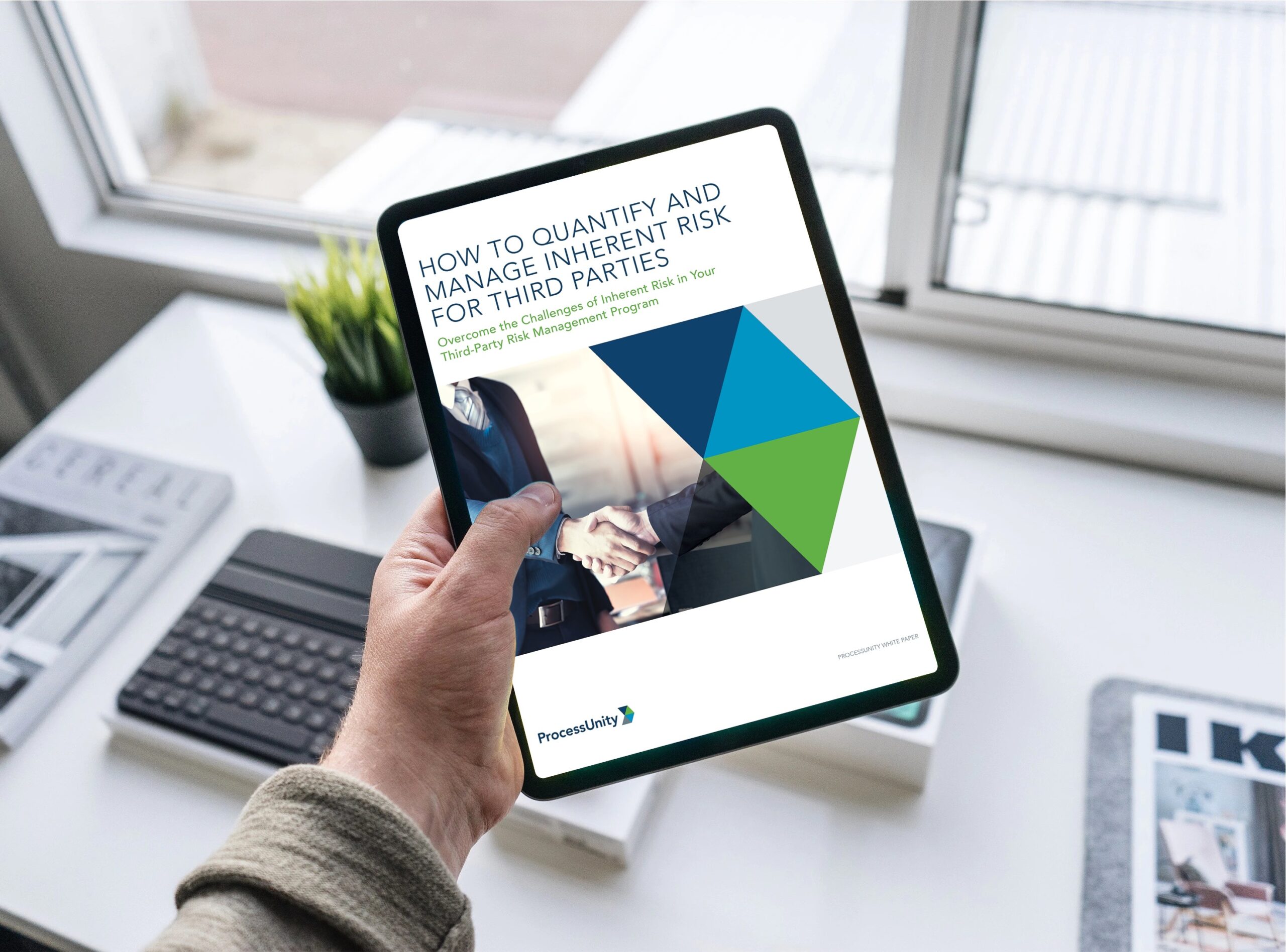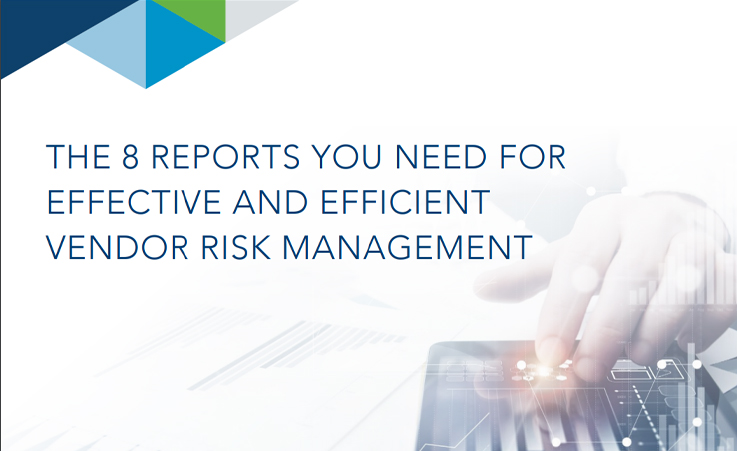When organizations use a standard scoring model for Vendor Risk Management, consistency increases, subjectivity decreases and the processes within the program become quicker and more efficient. A consistently used scoring model helps in the prioritization of depth and reach in due diligence. It improves the overall effectiveness of risk mitigation because resources are directed toward the riskiest vendor relationships. ProcessUnity’s vendor risk management best practices guide outlines the latest thinking in vendor risk scoring and scoping as well as key information on how to:
- Rank vendors by criticality
- Increase quantity and quality of vendor self-assessments
- Remediate issues faster
- Assess overall vendor performance
- Quickly compile reports for management and regulatory reviews
Another part of the paper looks at inherent risk vs residual risk while yet another looks at numeric scoring vs issue-based scoring… but I’m not going to tell you about that because The Best Practices Guide to Vendor Risk Scoring is worth the read and I don’t want to spoil the end!
One key takeaway from this ebook is to “keep it simple.” Scoring doesn’t have to be complicated and complex but should grow with your vendor program and iterate over time.
Click to download: The Best Practices Guide to Vendor Risk Scoring
Related Articles
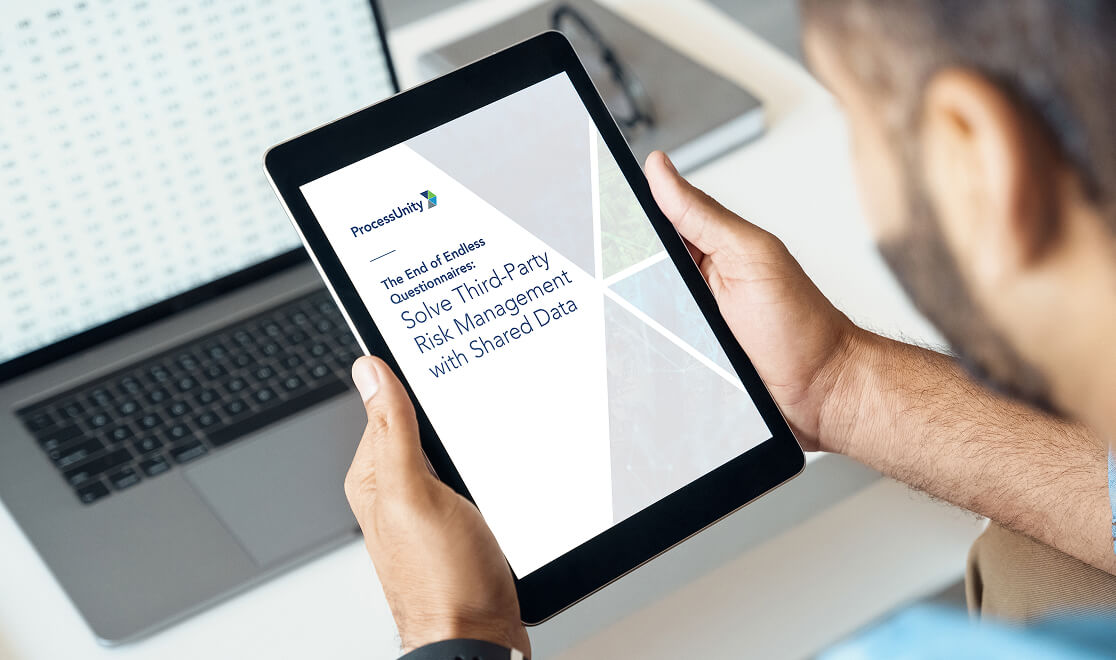
The End of Endless Questionnaires: Solve...
Discover how to cut costs, accelerate onboarding, and scale your third-party risk management program with..
Learn More
The Ultimate Guide to Managing the...
Third-party risk is growing—and so is the pressure on teams to assess, monitor, and manage..
Learn More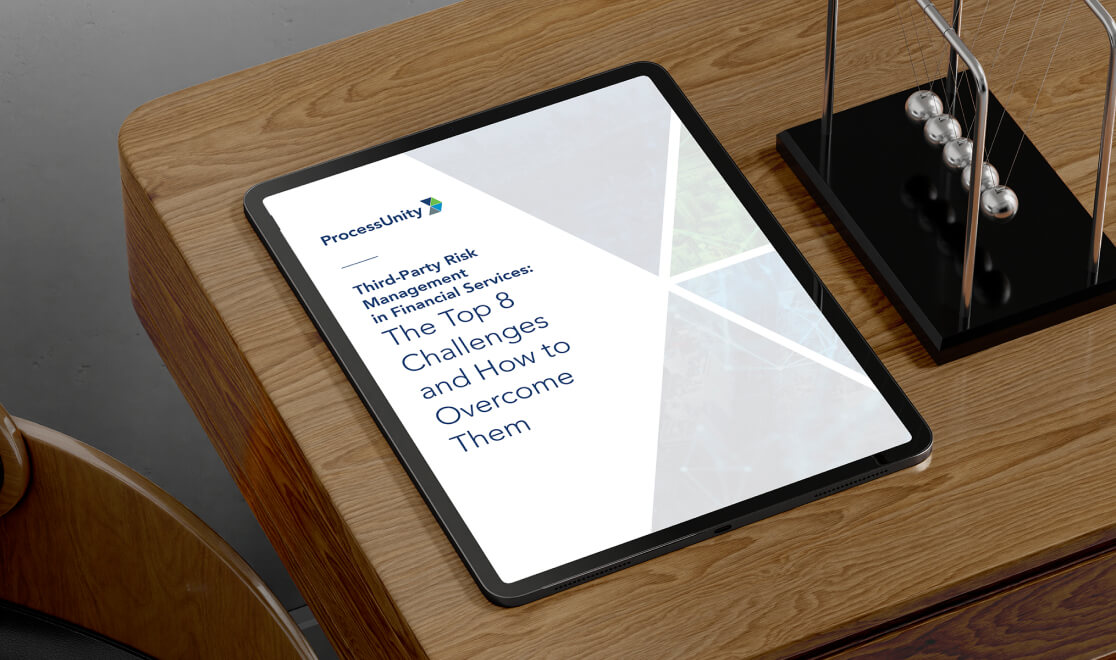
Third-Party Risk Management in Financial Services:...
Strengthen Your TPRM Program with Proven Strategies That Drive Risk Visibility and Control Financial institutions..
Learn More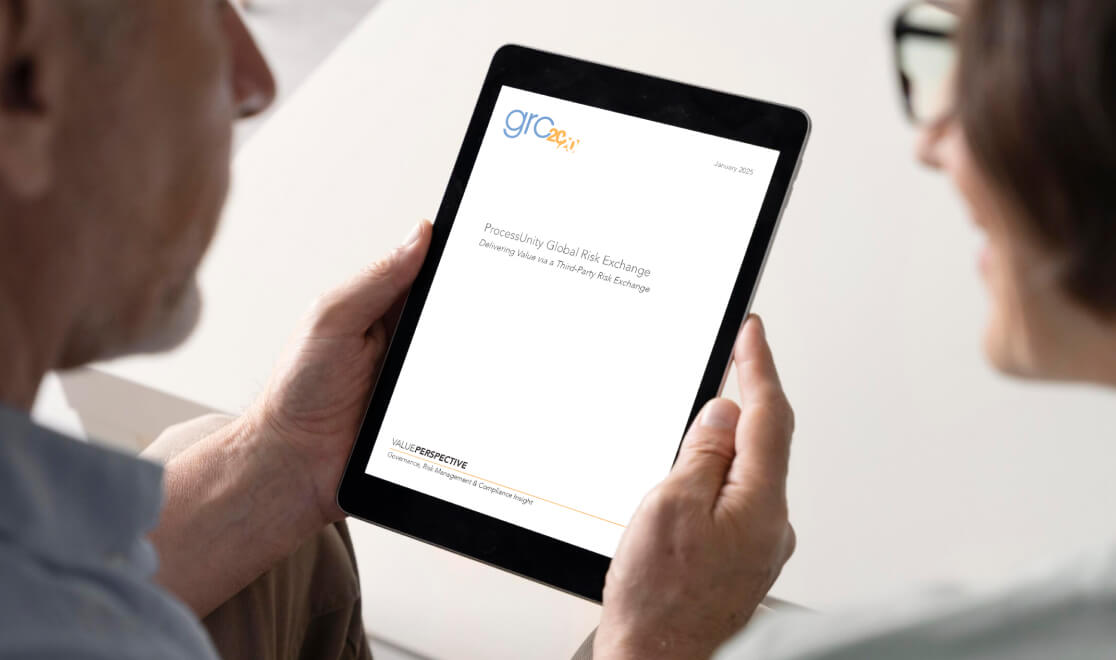
GRC 20/20: ProcessUnity Global Risk Exchange...
Discover how ProcessUnity's Global Risk Exchange revolutionizes third-party risk processes, saves time, enhances collaboration, and..
Learn More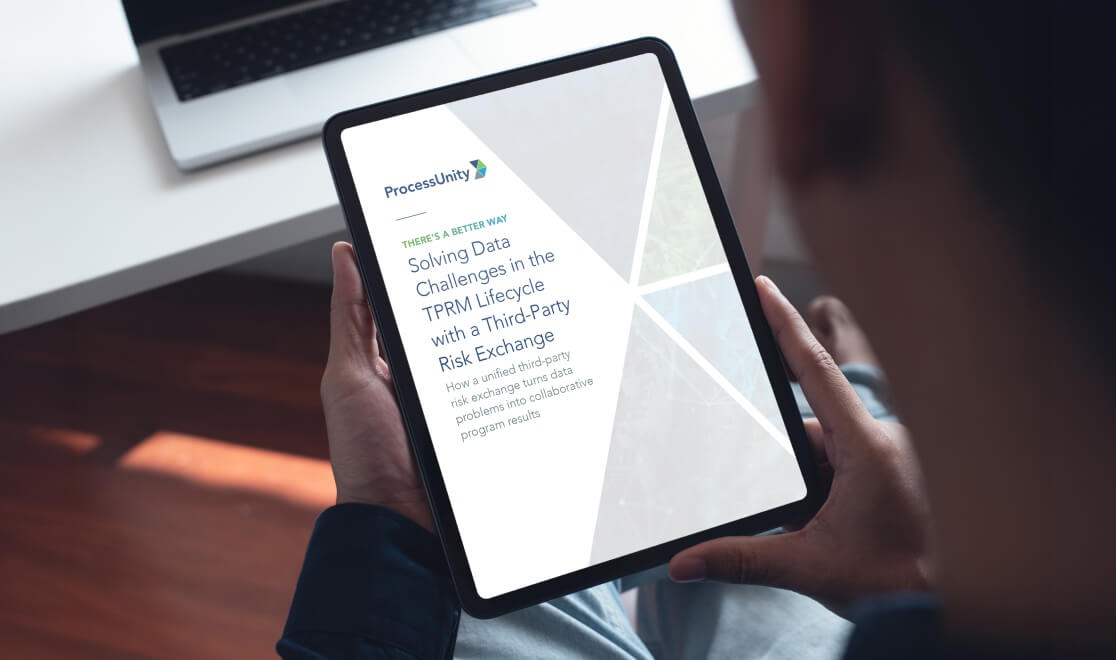
There’s a Better Way: Solving Data...
Managing third-party risk assessments can be time-consuming, complex, and resource-intensive. The ProcessUnity Global Risk Exchange..
Learn More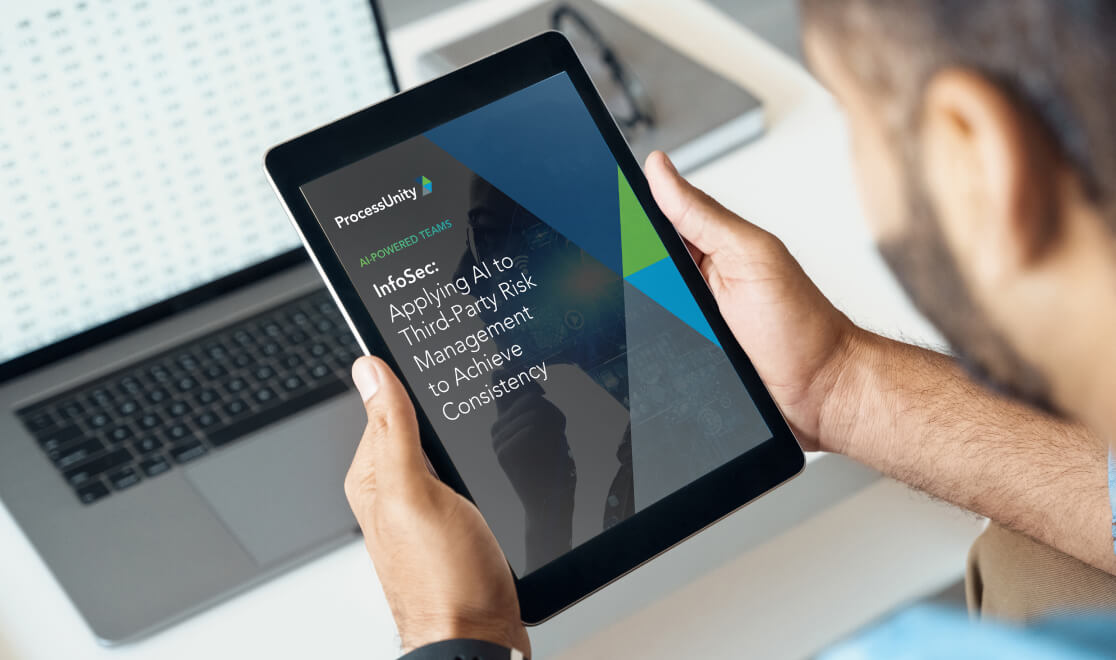
InfoSec: Applying AI to Third-Party Risk...
AI-powered InfoSec teams do more consistent work on a faster timescale, onboarding new suppliers quickly..
Learn More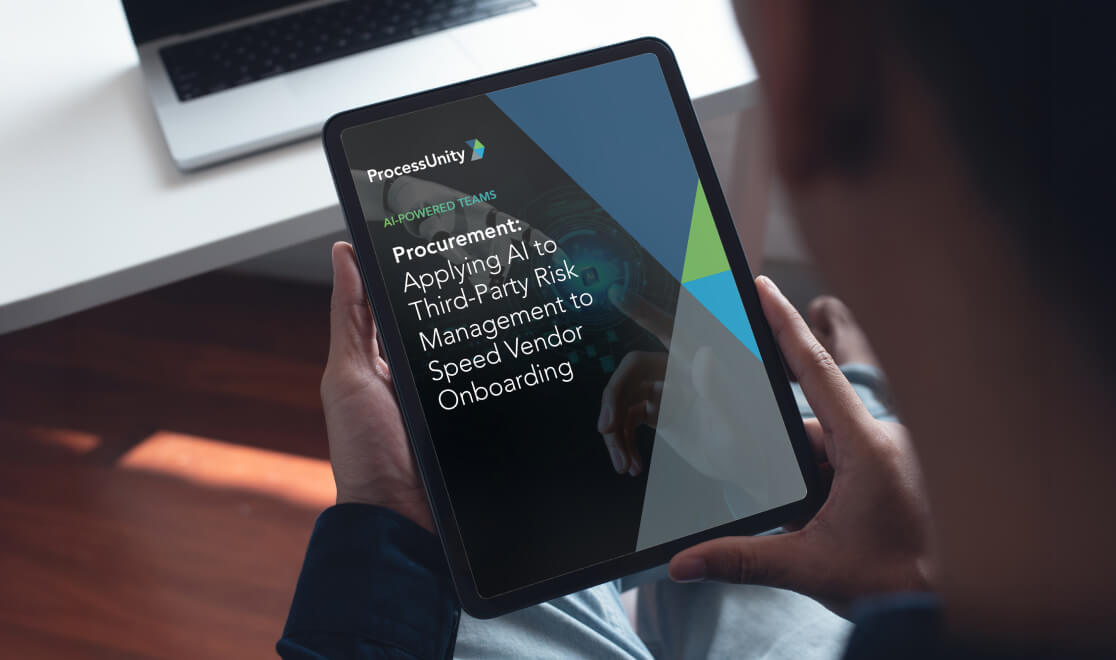
Procurement: Applying AI to Third-Party Risk...
AI-powered Procurement teams do more consistent work on a faster timescale, onboarding new suppliers without..
Learn More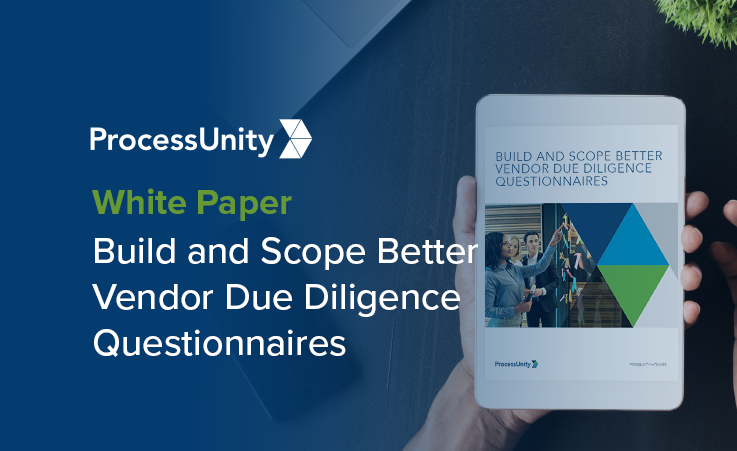
Build and Scope Better Due Diligence...
Vendors are a fact of the modern workplace, but they can bring serious security risk..
Learn MoreAbout Us
ProcessUnity is the Third-Party Risk Management (TPRM) company. Our software platforms and data services protect customers from cybersecurity threats, breaches, and outages that originate from their ever-growing ecosystem of business partners. By combining the world’s largest third-party risk data exchange, the leading TPRM workflow platform, and powerful artificial intelligence, ProcessUnity extends third-party risk, procurement, and cybersecurity teams so they can cover their entire vendor portfolio. With ProcessUnity, organizations of all sizes reduce assessment work while improving quality, securing intellectual property and customer data so business operations continue to operate uninterrupted.

